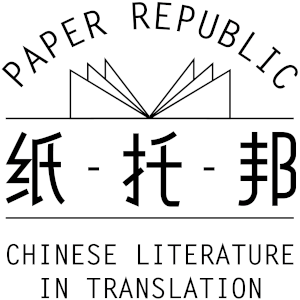Paper by Yang Shu (University of Oregon)
British Association of Chinese Studies (BACS) Annual Conference, 3-5 September 2012.
Full list of abstracts here
Abstract: This paper inquires into the as yet unacknowledged convergence of shrew literature and “new woman” literature in China at the turn of the twentieth century. Although researchers on Ming and Qing literature recognize that new variations on the stock character of shrew appeared through the eighteenth century, they generally maintain shrew literature finally came to its demise on the verge of Chinese modernity. This perceived rupture between premodern and modern literature is closely examined and challenged in this paper, which tries to bring to the fore a resurgence and rebirth of literary shrews in the early twentieth century, ones that were constructed primarily by the “Mandarin Duck and Butterfly School”. What is all the more intriguing in this resurfacing is that these reappearing shrews are a far cry from their premodern sisters and have taken on, instead, the novel characteristics of the modern “new woman”. Scholarship to date has paid no attention to this type of “shrewish new woman”, whose aggressive, unperturbed, free-of-female-trauma feature differs, distinctively, from the muchstudied “new woman” stereotype created by May Fourth male writers, and also from the selfrepresentations of modern new women writers. This study thus seeks to shed new light on the familiar “new woman” icon by uncovering its compelling “shrewish” facet, to look at the continuities and transformations of literary tradition, and to illustrate how this unique convergence of the shrew and the “new woman” in the early modern period helped to negotiate between old and new, comfort and threat, and tradition and modernity.


Comments
There are no comments yet.